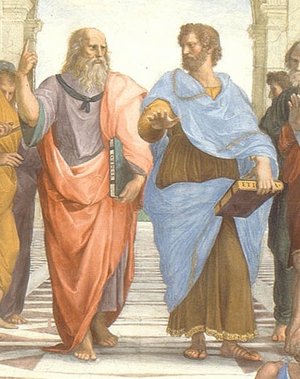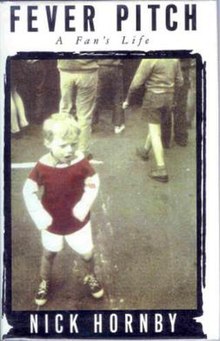(Note: I wrote this post some months ago, but had forgotten to publish it, during the lead-up to my extended series on identifying the goals of a good reading curriculum. I publish it now as a kind of belated preface to that lengthy series.)
In my continuing quest to understand the moral dimension of curriculum, I came across a fascinating journal article from 1988 called “Recalling the Moral Force of Literature in Education” by John Willinsky. Willinsky’s main point is that educators rarely make the moral import of literature a stated goal, which leaves them somewhat powerless in the face of calls for curricular censorship. He writes:
“We seem to have relinquished the language of moral fervor, the sense that literature can influence moral sensibilities, can shape views of the world, or that it can educate emotions . . . [W]e leave the rhetorical force of this moralizing language to those who would use it to restrict our choice of books from which to teach.”
What’s more, he adds, not only are educators abandoning ethical ground to the would-be censors, but they are also acceding it to the critics. For even if educators don’t put much stock in the moral curriculum, a variety of observers take it for granted: “
Continue reading “The Hidden Curriculum: Does it Exist?”


